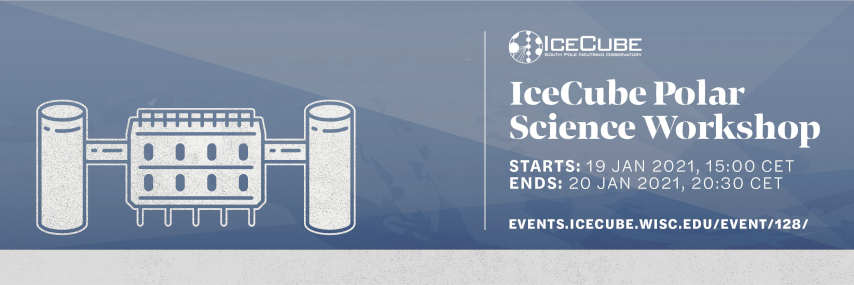Speakers
Description
Modeling of optical properties of ice at the South Pole, as it applies to neutrino detectors AMANDA and IceCube, has a long history of incremental improvements and unexpected surprises, starting in the early 90s, with significant breakthroughs still happening within the last couple of years. The ice model is used by the IceCube collaboration in both simulating and reconstructing of the IceCube data, and the accuracy in the ice description directly impacts the science results of our experiment. The larger optical model array of IceCube with its more precise data capture, as well as faster computing methods and GPU resources that became available over the last decade were indispensable to our progress. I will briefly outline the history of South Pole ice model development, touching upon the key turning points, and describing the latest state-of the art model in more detail.

